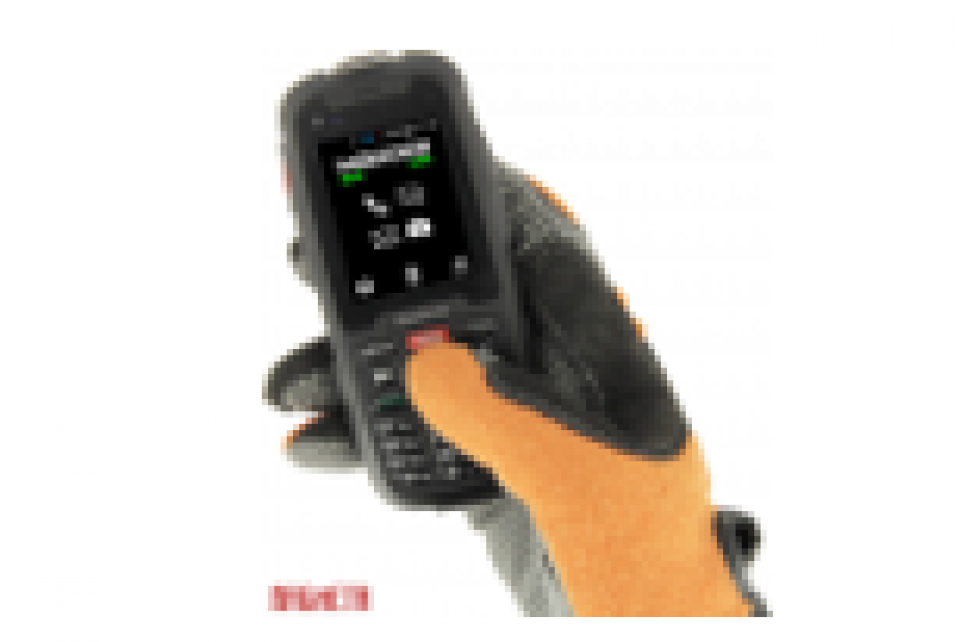
The risk of accident is real for the resin tapper. The objective here is not to protect the worker against the accident but rather to avoid the aggravation of the consequences of an accident by alerting the emergency services as soon as possible. The Lone Worker Device is a function that can be useful for both resin tappers and forest workers.
The resin tapper often works alone in the forest. To harvest, he must scrape off the bark of the tree, which requires the use of a cutting tool. Thus, the resin tapper is not safe from an accident. For example, if a worker cuts himself in the forest or faints, how can he alert the emergency services? How to guide the rescue team to him? Many questions arise around the safety of the isolated worker.
A distress call can be triggered voluntarily or automatically. In the first case, it is the worker who makes the call using an "SOS" key. In the second case, it is the device that triggers the call following the detection of a loss of verticality or lack of movement of the person equipped. The worker has, following the purchase, defined a list of numbers to call. During a distress call, these numbers are called in cascade until one of them answers. The latter is in charge of checking that it is not a false alarm before alerting the emergency services. The worker's GPS position will allow the emergency services to find him without difficulty.
The offer of such devices is now consistent and adapted to the need as evidenced by the Magneta website dedicated to the sale of such devices. They are very varied, whether in terms of ergonomics, functionalities or even modes of communication. Lone Worker Device can be a dedicated tool or an application that can be integrated into a smartphone. The buyer must therefore think about the model he chooses according to his needs. For example, the device for a resin tapper must be compact, lightweight, have a good battery life and a high-performance transmission system (call and position).
The most common systems are based on the use of the GSM network. However, the network often does not pass through the forest. To solve this problem, some systems combine the use of radio frequency (UHF) and GSM network. The radio alert message sent by the worker is picked up by a suitcase placed in a vehicle parked in a place covered by the GSM network which relays the call to the predefined contacts. Also, some devices are sensitive and it can happen that a distress call is triggered without an accident.
Resin tappers should be made aware of the risks of accidents for the isolated worker and the usefulness of such devices should be promoted. Tests have already been done by FCBA (Forest Cellulose Wood Furniture institute) but on logging sites. Thus, tests of different devices could be carried out with a few resin tappers in order to identify the most suitable devices for this profession.
Matthieu Bonnemazou
matthieu.bonnemazou@fcba.fr
